How to Take Care of Your Fish
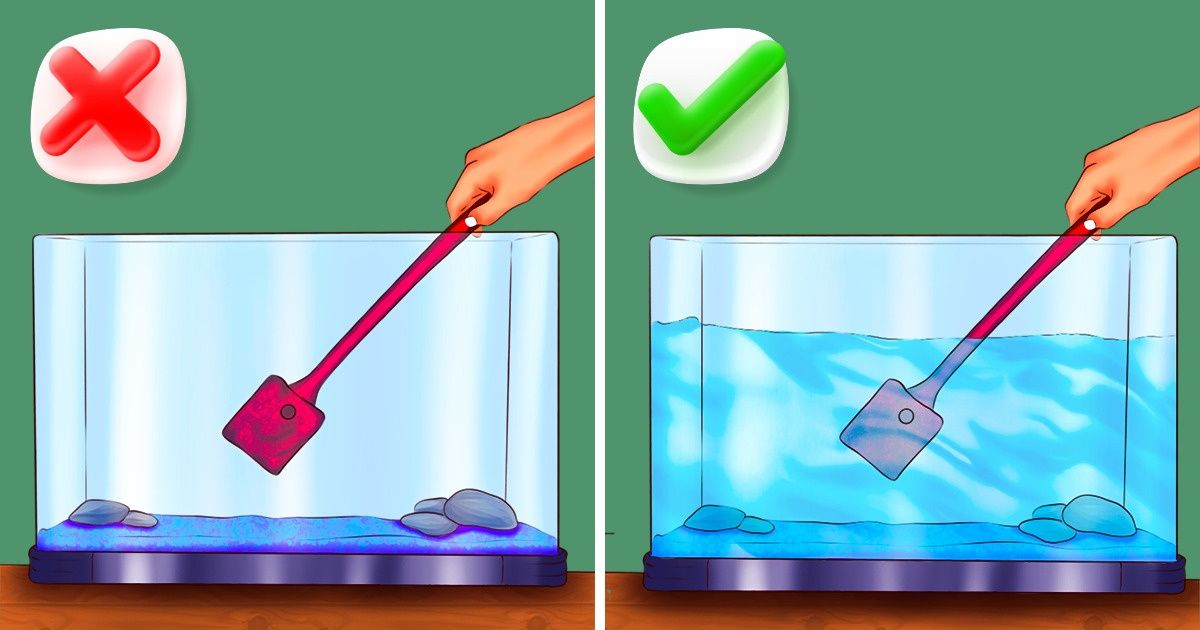
To have a fish with perfect health, you should follow some rules. 5-Minute Crafts has listed 5 important things to do if you want to keep your fish in good condition.
1. Pick the right aquarium.
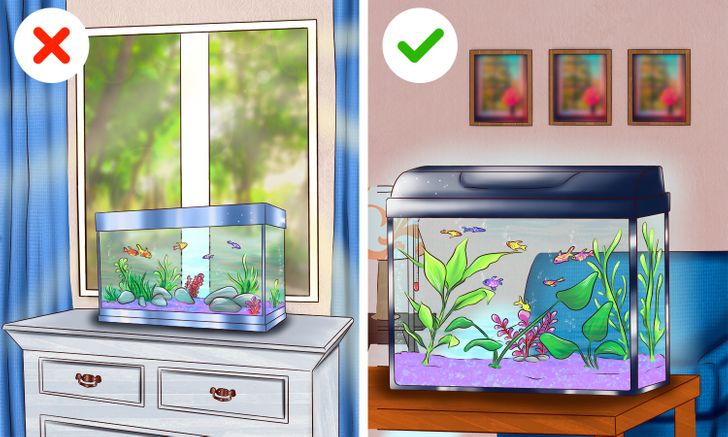
Think about where you want your aquarium to be and what space you have for it. Consider the following:
- The place: Avoid direct sunlight, extreme temperatures, and areas that are subject to noise, vibrations, and potential knocking.
- The size: The bigger the tank, the better, as there is greater oxygenation. You can also keep more fish and larger kinds inside.
- The type of fish: Some fish like to swim together, so you should let them have space to live together. Others can be territorial and require more decor to help them establish their own zone.
2. Set optimal aquarium conditions.
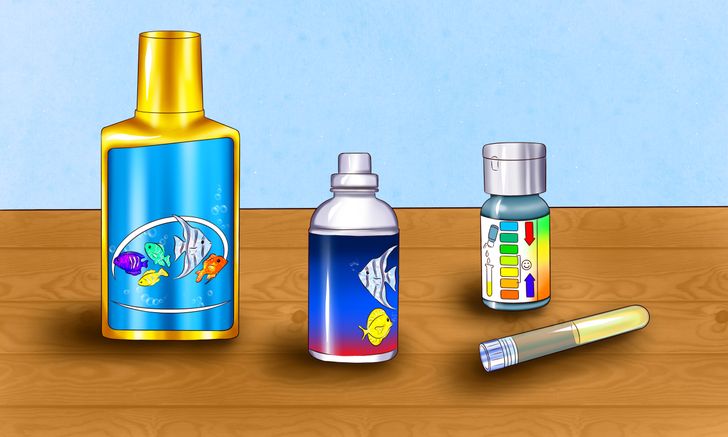
Different types of fish require different types of conditions to create an optimal environment. These are some of the main factors:
- The water condition: Tap water comes with a lot of properties that need to be balanced to support aquatic life. Use a dechlorinating agent and a biological aquarium supplement to condition the water properly.
- Proper pH levels: This is an indicator of the acidity or alkalinity of the water. You need to buy a pH kit to test the level. Freshwater fish typically live with a pH level between 6.8 to 7.5. Check this regularly and make necessary changes to recalibrate.
- Temperature: Changes in temperature can destroy aquatic life. Freshwater fish require a constant temperature of 72ºF to 82ºF. A water heater will help you maintain a proper temperature.
3. Acclimate the fish to maintain its good health.
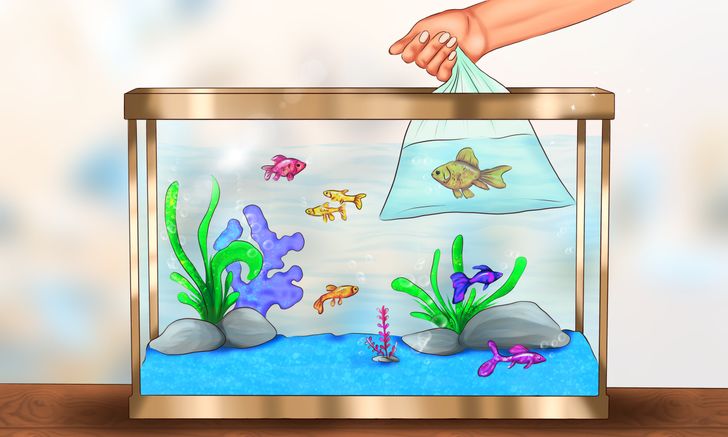
When you bring a new fish home, acclimate it to the aquarium slowly, and don’t just dump it straight away. You will want to place the bag inside the tank and add some tank water every few minutes to the bag for half an hour. Then you can gently place the fish in the aquarium.
4. Feed your fish the right food at the right time.
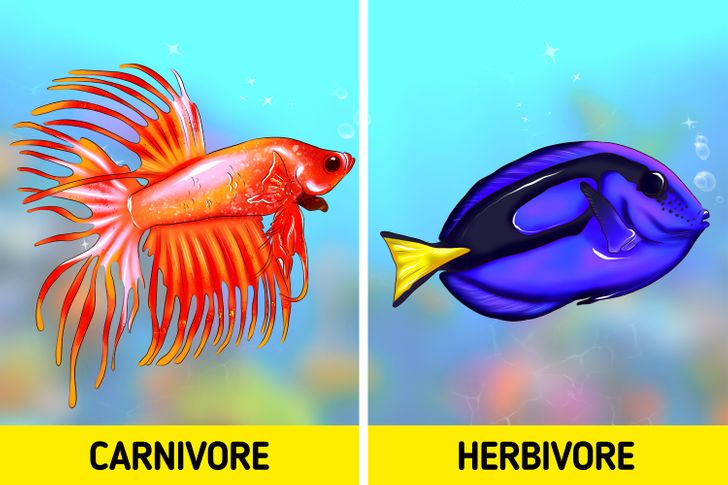
Fish can be carnivores (meat-eaters), like the betta fish; herbivores (vegetarian), which is the case of blue tangs; or omnivores (both) like the parrotfish. Different fish need different nutrients and you need to know which ones they are and feed them with variety. It’s good to have several types of food and rotate them.
You need to feed them only the amount they can finish in 2 minutes or less and skip a day once a week. For the first 4 to 8 weeks after you’ve set up your tank, feed them only once a day to avoid ammonia and nitrite build-up. Then you can start feeding them twice a day.
5. Perform proper maintenance.
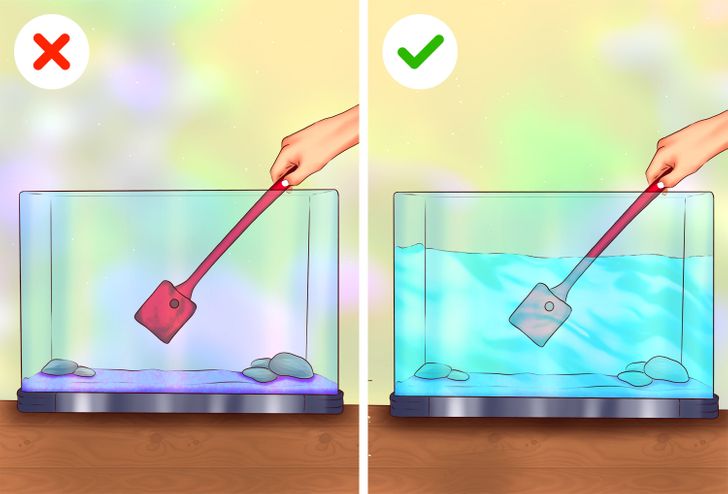
Replace 25% of the water in your tank once a month. This will keep the water clean while also keeping the nitrate concentration at a safe level. To help clean algae buildup, use a tank scrub brush or an aquarium algae magnet.